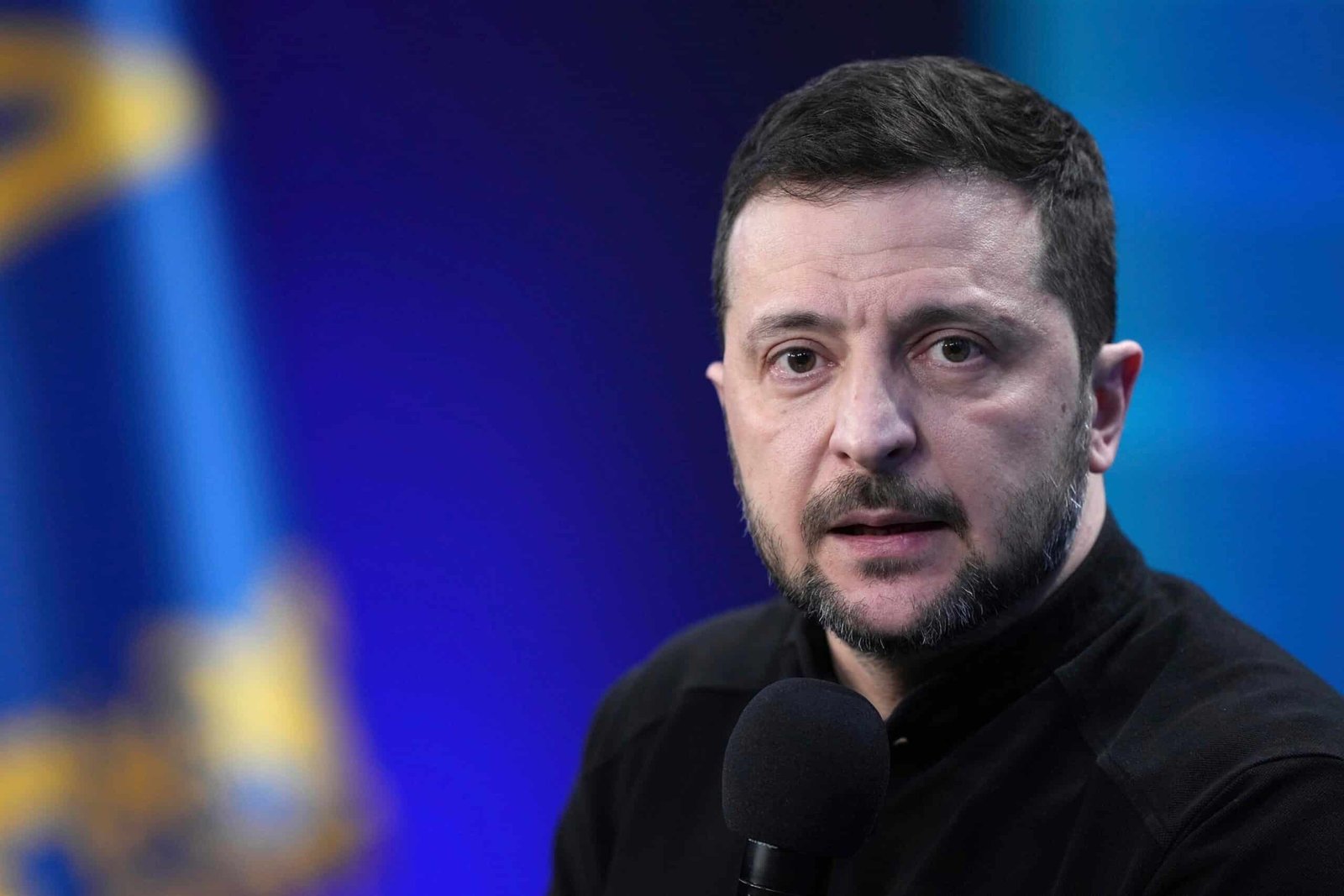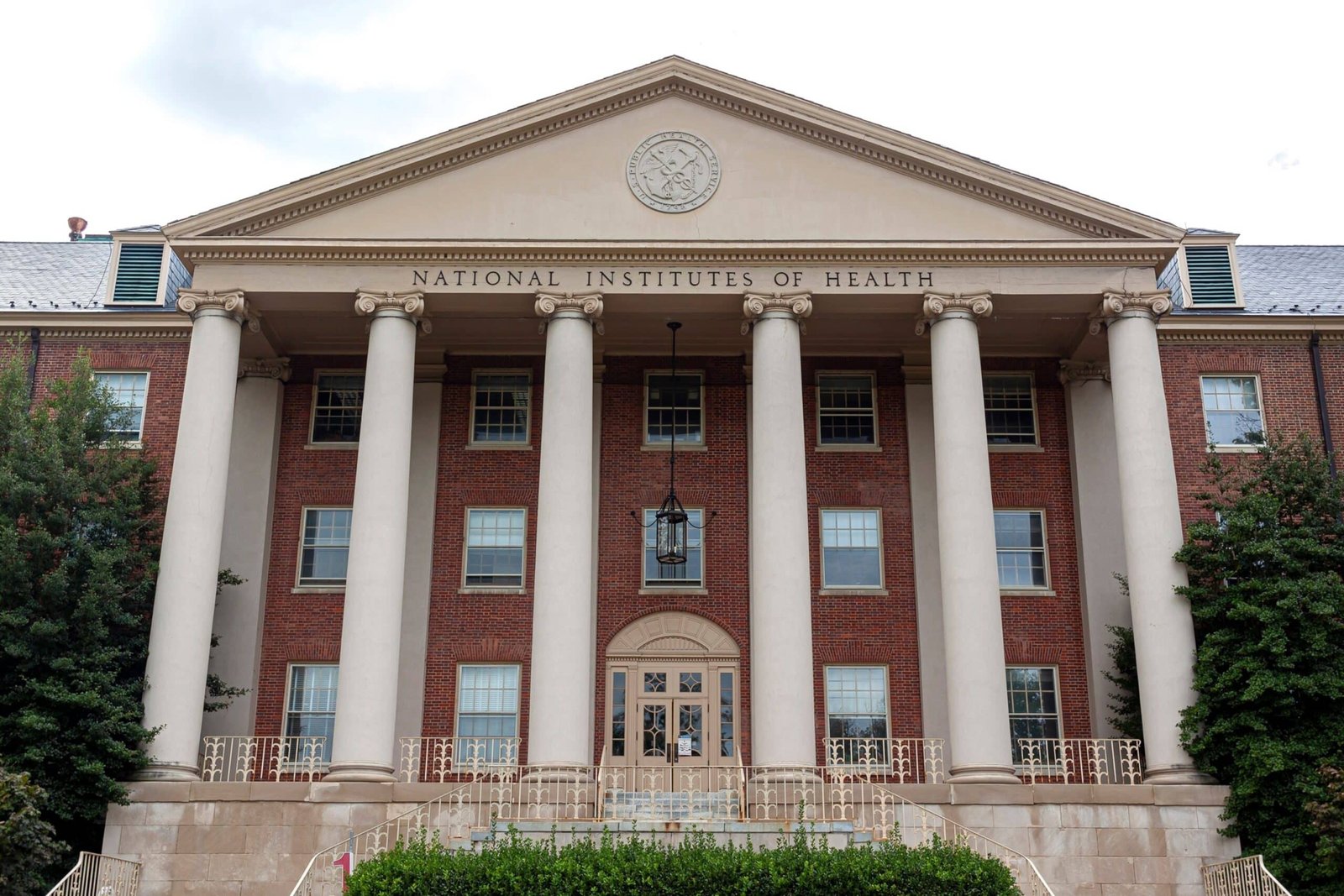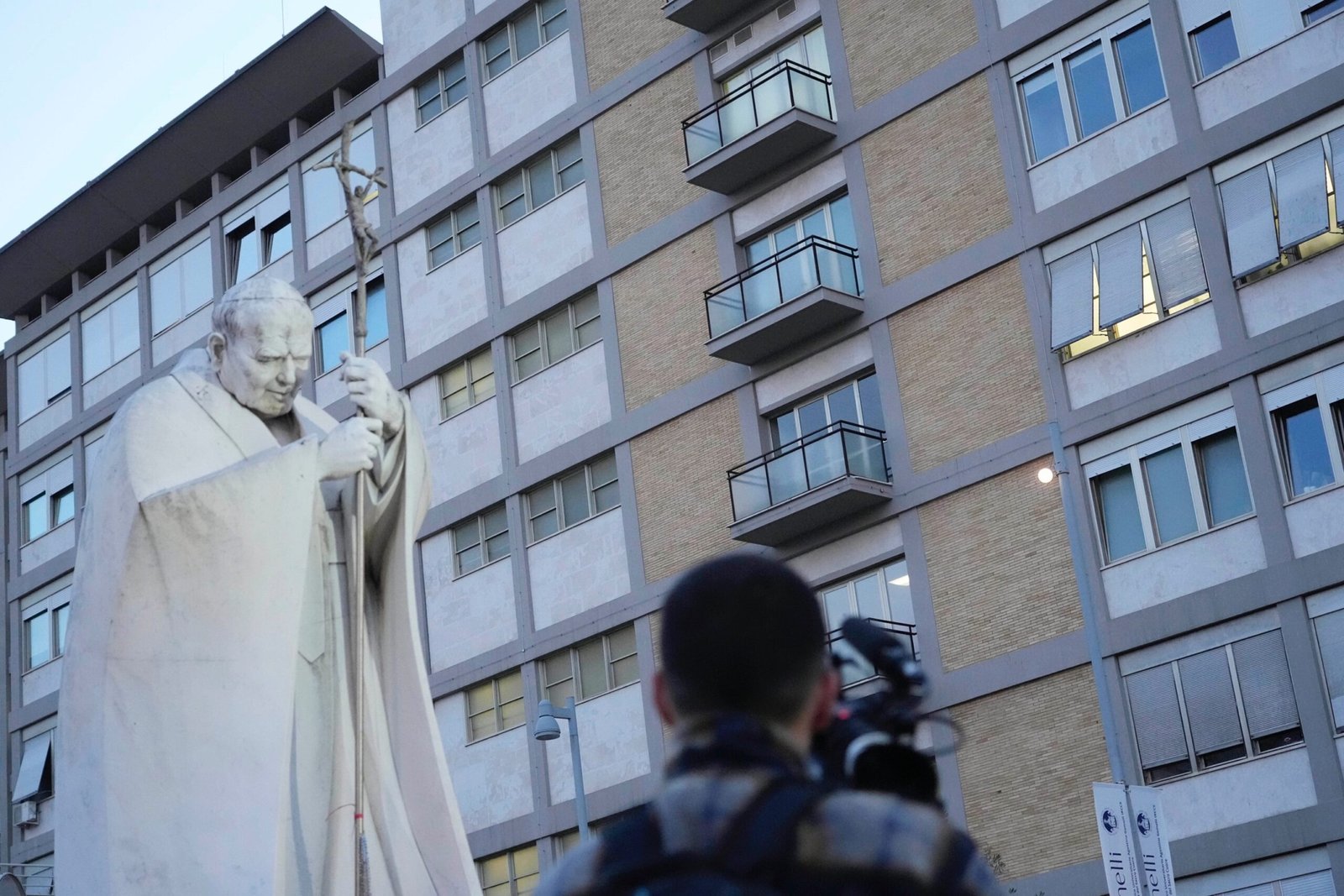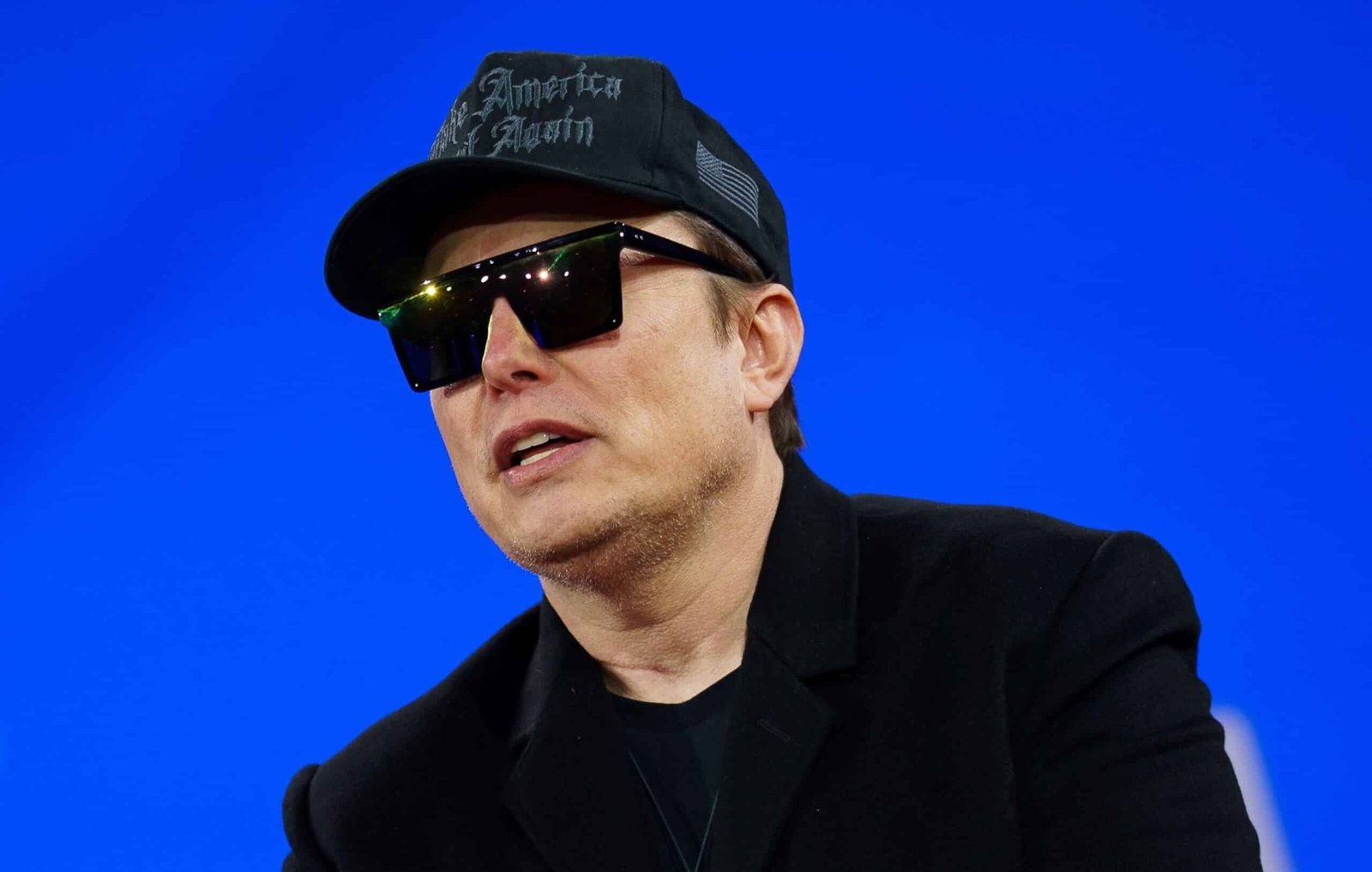Elon Musk called this week for the exorbitation of the International Space Station (ISS) “as soon as possible.”
“It’s time to start preparations for exorbitant [ISS]Musk wrote In an X post Thursday. “It has fulfilled its purpose. There is very little incremental utility. We are going to Mars.”
In a monitoring post, Musk said he was planning to recommend President Donald Trump that the station demolished “as soon as possible” and that the 2030 timeline for exorbitation will move up to two years from now on.
Space experts told ABC News that ISS is very important in conducting scientific research, developing technologies, promoting Stem education and promoting diplomatic relations. Deorbity the station prematurely could end important innovations and studies related to future space missions.
“We are simply giving us great data on living and working in space, longitudinally, which will apply directly to our plans to return to the moon and then pass to Mars,” Jordan Bimm, space historian and professor of scientific communication at the University of Chicago, he told ABC News. “Then, it has a diplomatic purpose. It has an experimental purpose, and then obviously, it also has these purposes of scientific and technological development.”
“It would be a shame to reduce this for a non -technical reason, but for a political reason,” he added.

Elon Musk speaks during the Conservative Conference of Political Action in the National Port, Maryland, on February 20, 2025.
Nathan Howard/Reuters
Research and Technology Development in microgravity
In the 24 years that the ISS has been in orbit, there has been More than 4,000 experiments Made, according to NASA.
Research is carried out in various disciplines, including biology, land sciences, human health and physical science, said the Federal Space Agency.
He microgravity of space It allows experiments to be carried out in a way that cannot be replicated on Earth due to the severity of the planet.
Bimm said he believes that one of the most important findings that arise from ISS’s research is how to live and work in microgravity for prolonged periods of time affects the human body.
“We have found studying astronauts who live and working, by making a self -experience about scientists and astronauts on board, that microgravity affects the body in many harmful ways,” he said. “That leads to its bone loss, muscle loss, changes in the liquid within our bodies that are normally being demolished by the severity of the earth, changes in the loss of eye and vision and things like that.”
He continued: “We have obtained good data on how that progresses over time and, more important The ISS, without this platform, where humans can spend long periods of time consistently and be studied in a scientific environment. “
He said that continuing to study this will be important for future space missions, including future moon missions under the Artemis program and eventual missions to Mars.
David Alexander, director of the Rice Space Institute of the University of Rice in Houston, told ABC News that it has also been the Technologies development and materials on the EEI that would benefit not only long -term space missions but also in life on earth.
This field, called Space Manufacturing, include DNA sequencing, development of new water purification systems and even drug development.
“The unique space environment allows us to develop pure pharmaceutical products. People have been working on the creation of high purity fiber optic cables that would accelerate communications here on Earth,” he said. “In the manufacture of spaces, part of this will be for use in space, but part is the market here is here on the ground, to carry those technologies and take them to have, which affect our daily lives here on the planet Earth” .
Foster Stem education
The ISS also participates in educational programs that Help students learn about science, technology, engineering and mathematics (Stem).
This includes providing students with the opportunity to speak directly with crew members who live and work aboard the ISS through Amateur radioparticipating in virtual missionsLearning space experiments that can be homemade and challenge students to Design experiments that solve space exploration problems with DNA analysis.
“Astronauts will frequently make teleconferences with classrooms, Q and As,” said Bimm. “Make a terrestrial scientist to enter its class, communicating with the astronauts in orbit in the ITSS impressions in the minds of young people in such a powerful way that this is another of these as super powers that we would lose if we lost the ISS.”

In this archive photo without date, the International Space Station (ISS) is seen orbiting on Earth.
Stock Photo/Adobe Stock
Alexander said that NASA and ISS also work to communicate with adults, with the RICE Space Institute organizing a recent conversation Between Olympic athletes and astronauts in the ISS.
He said that the conversation covered issues such as work ethics, human performance, parallel between space and sports and the importance of international collaboration.
“I think it is very, very important and, of course, so NASA, in particular, spends a lot of time to allow its astronauts to be accessible to the general public,” he said.
Improvement of diplomatic relations
The ISS is maintained by five space agencies and its contractors, including NASA, the Canadian Space Agency, the European Space Agency, the Aerospace Exploration Agency of Japan and Roscosmos in Russia.
In the 1990s, the United States proposed to combine US and Russian space programs after the collapse of the Soviet Union, and stop into individual projects, to build the new space station.
“We can definitely talk about the development of science and technology that are happening there, but it also has a diplomatic purpose that brings together different nations in space for such a long -term project,” Bimm said. “This really represented as the time after the Cold War where the United States and Russia and international partners could cooperate in space.”
NASA says the ISS has been Visited by astronauts from 18 different countries Collaborate in space, helping in the construction, assembly and operation of the ISS.
Each associated country manages and executes the hardware it provides to the ISS, according to NASA.
“That allowed us to encourage much stronger associations with countries around the world and think about the development of space technology and space exploration,” said Alexander.





